The Class B RV classic shape is probably what you think of when you hear the words “camper van.” But there’s more to this particular RV class than the smaller size and the #vanlife hashtag you see on social media.

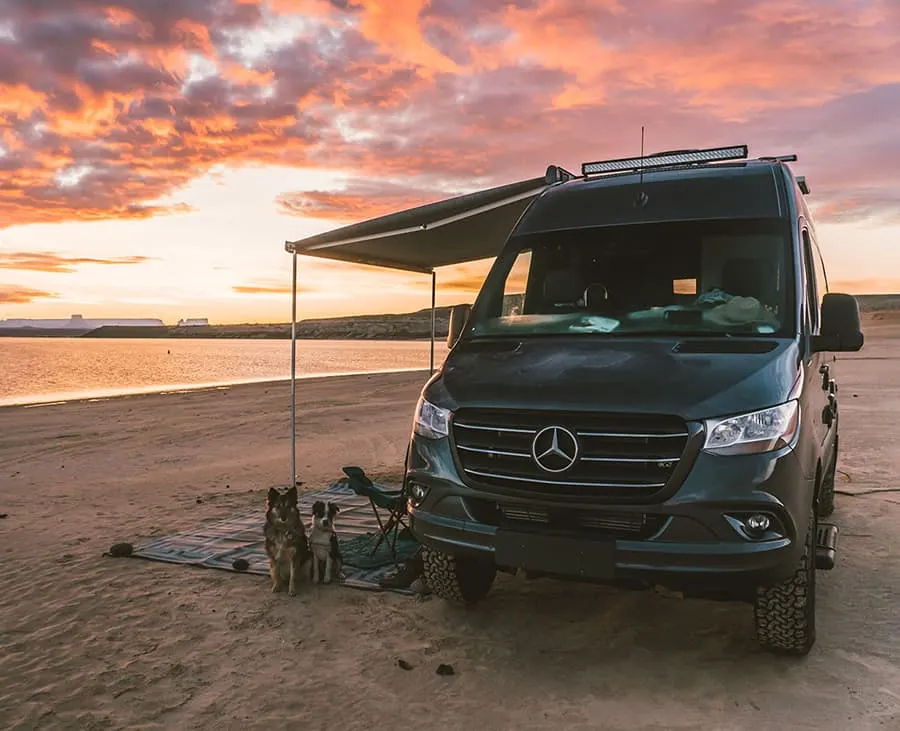
What is a class B rig?
It might surprise you to know that the true Class B shape is actually a van conversion. They all start off life as the shell of a commercial delivery van and then have the motorhome interior installed inside, turning it into an RV.
#vanlife enthusiasts use the bare commercial van chassis when they create their own custom conversion home on wheels. But most folks choose to buy theirs ready to go, and pick either a Class B or Class B+.
What is the difference between Class B and Class B Plus motorhomes?
CLASS B
Size
- No additional walls, floors, or roof
- Smallest, nimblest RV on the road
- 16 to 21 feet (5m to 6.5m) length
- Narrower width allows driver to park vehicle anywhere
Drivability
- Commonly FWD with 3.6 liter gas engine and 6-speed transmission – promotes surefooted handling and confidence during all weather conditions
Storage
- Cabinets inside kitchen, bathroom, living area, and some floor plans – no external storage compartments
Connectivity and Features
- 190 watt solar charge panel standard in some models
- Optional lithium battery system
Other Factors
- Uses a van shell as a starting point
- No sleeping area over the cab
CLASS B+
Size
- Have an attached cab, also known as a cut-away or cab chassis
- Length is added during the manufacturing process
- 23 to 27 feet (7m to 8.2m) length
- Extra width provides extra living space
Drivability
- AWD more common for off-road conditions with 10-speed auto overdrive transmission and many other features such as lane departure warning, roll stability support, hill start assist, auto beams, utility vehicle capabilities, and safety system
Storage
- Extra space means extra storage, cabinets can have added features such as lighting inside
Connectivity and Features
- All modern conveniences, such as Wi-Fi extender, 4G hotspots, and all-in-one control for lights, tanks, awnings, and more
Other Factors
- Uses a van cutaway chassis (the front, driver’s section with engine and bare frame with drivetrain) as the starting point behind it
- The bare frame is used to build the living quarters ‘box’ – similar to how a Class A is constructed
Comfort vs. Size in Class B Motorhomes
The smaller size of a Class B RV makes maneuverability easy, which is something to consider if you have never driven a larger vehicle before, or just feel more confident driving a more compact van.
It goes without saying that Class B campers are going to have massive appeal to couples, single travelers, and anyone wanting to hit the road as a remote worker and wake up with a different view every month. It’s sometimes worth sacrificing interior space and non-essential luxuries for easy travel and drivability.
Class Bs are also a great starter-camper, and can be used as a trade-in when you decide camper life and being a weekend warrior is for you.
Class B motorhomes are easy to park in any neighborhood or complex where strict vehicle size limit restrictions are enforced. In fact, the cost for cost, buying a Class B camper to handle extra visitors at your home is far and away more cost-effective than adding on an extension to your house. They are also excellent for anyone who needs a quiet environment in which to work or sleep, even if they are still parked in your backyard.
Class B motorhomes’ more compact length gives it a kind of “go anywhere” appeal. You will still have access to the level of comfort and convenience you like at home, but you can have it all on the open road or at some of the most beautiful campgrounds in the country.
The fuel efficiency offered by Class B vans are another reason why this model and class has experienced a surge in popularity in recent years. Add a solar panel to the roof and you have a real eco-conscious lifestyle going.
Class B and Class B Plus Stats*:
- Come in lengths of 16 to 27 feet (5m to 8.2m)
- Sleeps up to 4 people comfortably
- 0 – 2 slide-outs
- Average MPG of 10 to 25 (depending on model, size, terrain, and whether it’s a diesel or gas engine)
- Gross Vehicle Weight of 8,000lbs to 14,500lbs (3630kg to 6,580kg)
- Towing capacity of 2,000lbs to 7,500lbs (910kg to 3,400kg)
- Retails new from $40,000 to $80,000 (Class B) and $50,000 to $200,000 (Class B+)
- Classic, van conversions, and used Class B motorhomes also vary incredibly in price, although you can pick up a good used Class B for around $20,000 to $25,000 from private sellers
*All above info is approximate – just to give you an idea.
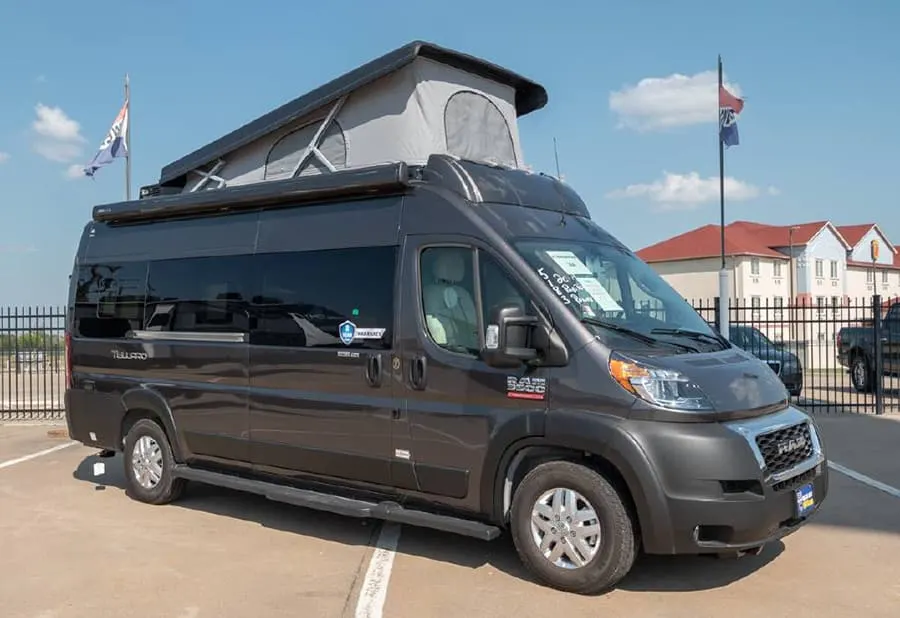

What are the pros and cons of Class B and Class B+ motorhome ownership?
PROS
- Class Bs offer all the same features as larger motorhomes and trailer campers, only smaller and more compact
- Maneuverable, easy to drive
- 4×4 options with UV utility vehicle capabilities
- Generous towing weights and tow bar can be added
- Parks and drives on roads inaccessible to other classes of RVs
CONS
- Due to size constraints, some find Class B interiors tight
- Some consider Class B and B+ motorhomes pricey compared to alternate trailer camper options
- Lack of storage space on some models, both exterior and interior
- Towing can added to gas consumption
- Smaller holding tanks for water, grey water, etc. than other motorhome classes
Class B and Class B Plus motorhome chassis
The slanting windshield on a Class B RV is a very distinctive look, but take away the living space placed on the back behind the driver’s section of Class B, and you have a standard flatbed truck. This is called a cutaway chassis frame.
Cutaway chassis frames have dual rear wheels on either side of the rear axle. This gives the single rear axle a total of four wheels. Class B camper vans built on a converted van shell will sometimes have single rear wheels. This might be a consideration if you plan on traveling long distances in your RV and will need to change out the tires more frequently.
All Class B and B Plus RVs have an engine at the front of the rig.
It’s becoming more common to be offered 4×4 Class B options when you go van shopping. The reason behind this, other than the fact that #vanlife enthusiasts love to seek out hard-to-reach places, is the additional flexibility this offers when compared to other coach and van classes.
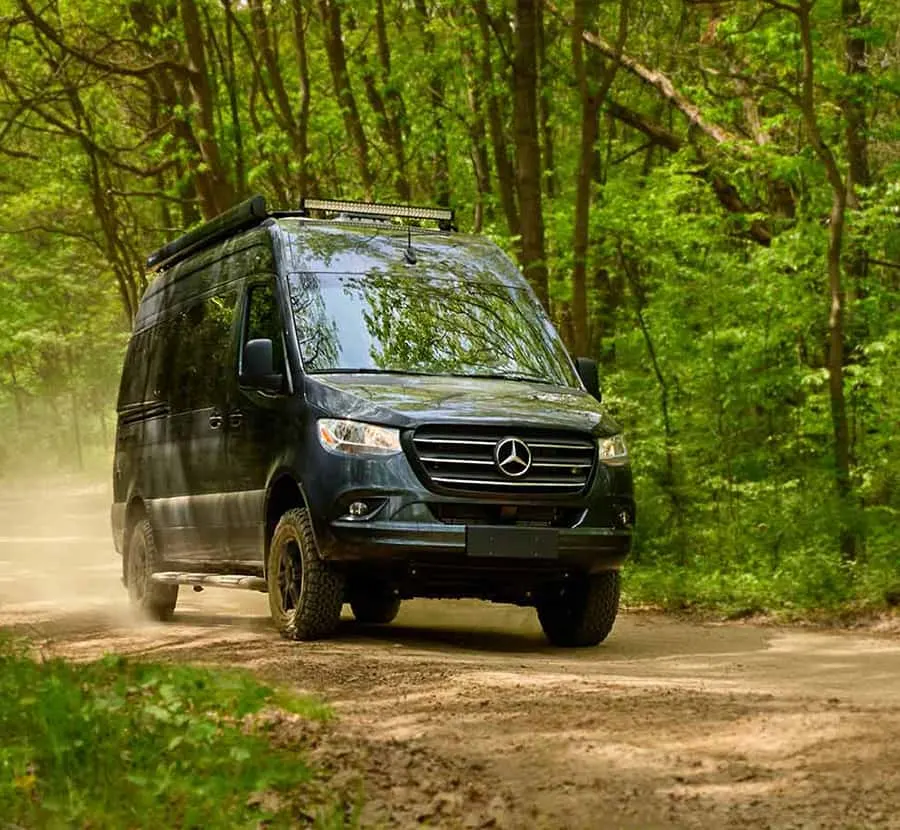
What is the interior of a Class B like?
There are so many 360 degree videos of people’s Class B and Class B+ vans online. But if you don’t want to fall down that rabbit hole of people showing off their RV, you can read more about the interiors here.
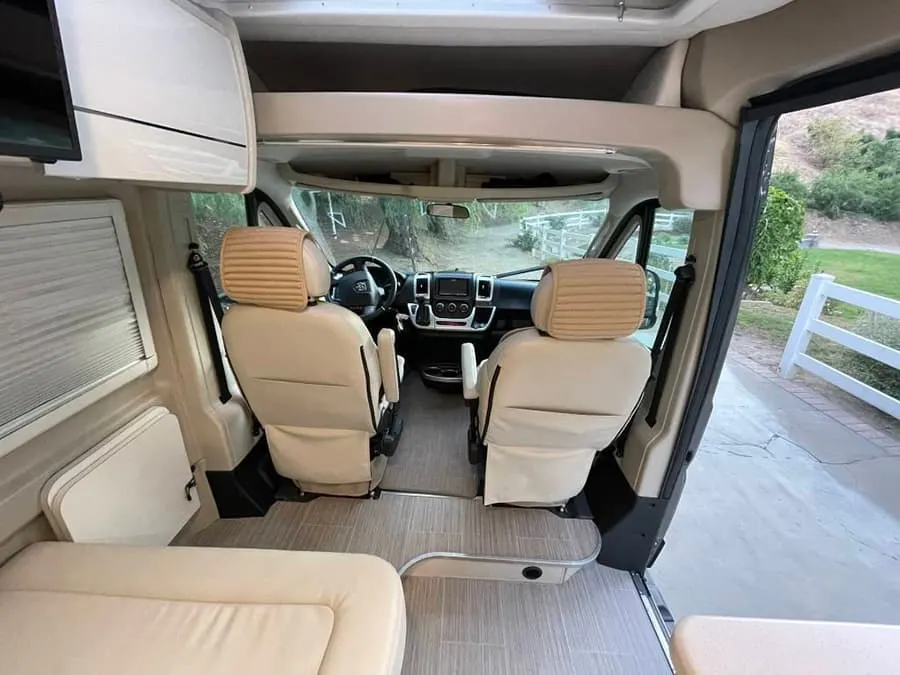
Class B motorhomes that started off life as a van will be limited by the original walls and roof of the van. This will make for a tighter living space.
Many Class Bs and B Pluses are built with extendable roofs that add light, air, and headspace. Camper vans, on the whole, benefit from the higher roof provided by the original commercial van chassis. This gives enough vertical height for the average person to stand up.
Class B motorhomes all have small, narrow kitchens with everything you need in them to create a lovely meal while on the road or at the campground. Most campsites provide fire pits and barbecue facilities, and this is often the preferred way to prepare food for campers. Full-time living in a Class B means your cooking might be limited by the amount of power/gas you have left if your campground doesn’t supply hookups.
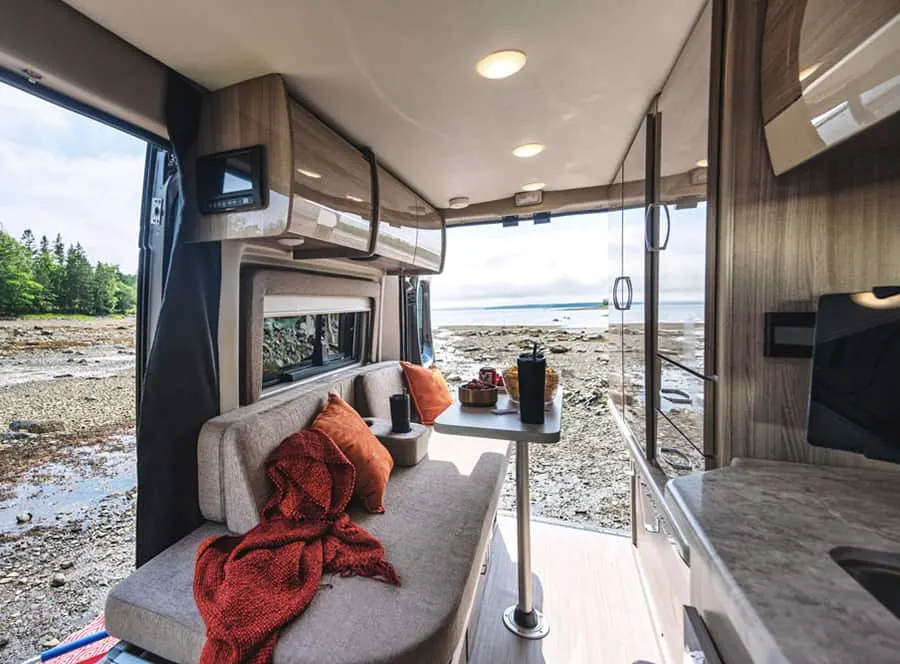
Class Bs and Pluses interiors all have a sink, stove top, oven, refrigerator, and very often a microwave.
Sleeping areas in Class B/B+ usually consist of twin beds with a narrow center aisle or one double bed built on top of a platform (with storage underneath it). Sleeper bunks are found in Class B+ cabs. Another camper van sleeper configuration you’ll come across is using a seating area as a couch during the day, and folding it into a sleeping berth conversion at night. The mattress for this arrangement is usually quite a thin, flat piece of segmented, covered foam.
Class B bathrooms usually include a wet bath, cassette toilet, and sink. There is no dedicated black water or grey water tank in most Class Bs. Class B+ can offer much more in the bathroom luxury department.
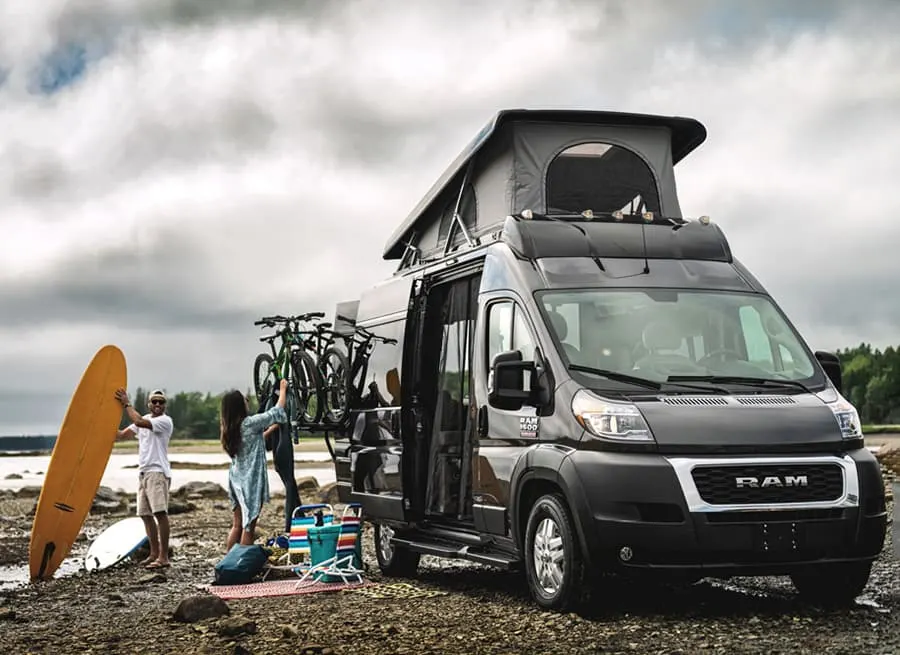
Class B Instagram accounts to follow
If you have not read my original post about campervan conversions, make sure to check it out here. There you can see some awesome examples of people that updated the inside of their vans, so while some of them are DIY, and others are professionally built, they all fit into the Class B category.
So for this post, I wanted to share some extra accounts I’ve run into that you should definitely check out:
1 – Courtnie & Nate from @courtandnate
Not only do Nate and Courtnie share spectacular pictures of their life in a van, they also have a blog where they share resources and inspiration for a mobile lifestyle. So if you are interested, take a look at their blog here, and of course, follow them on their Instagram here.

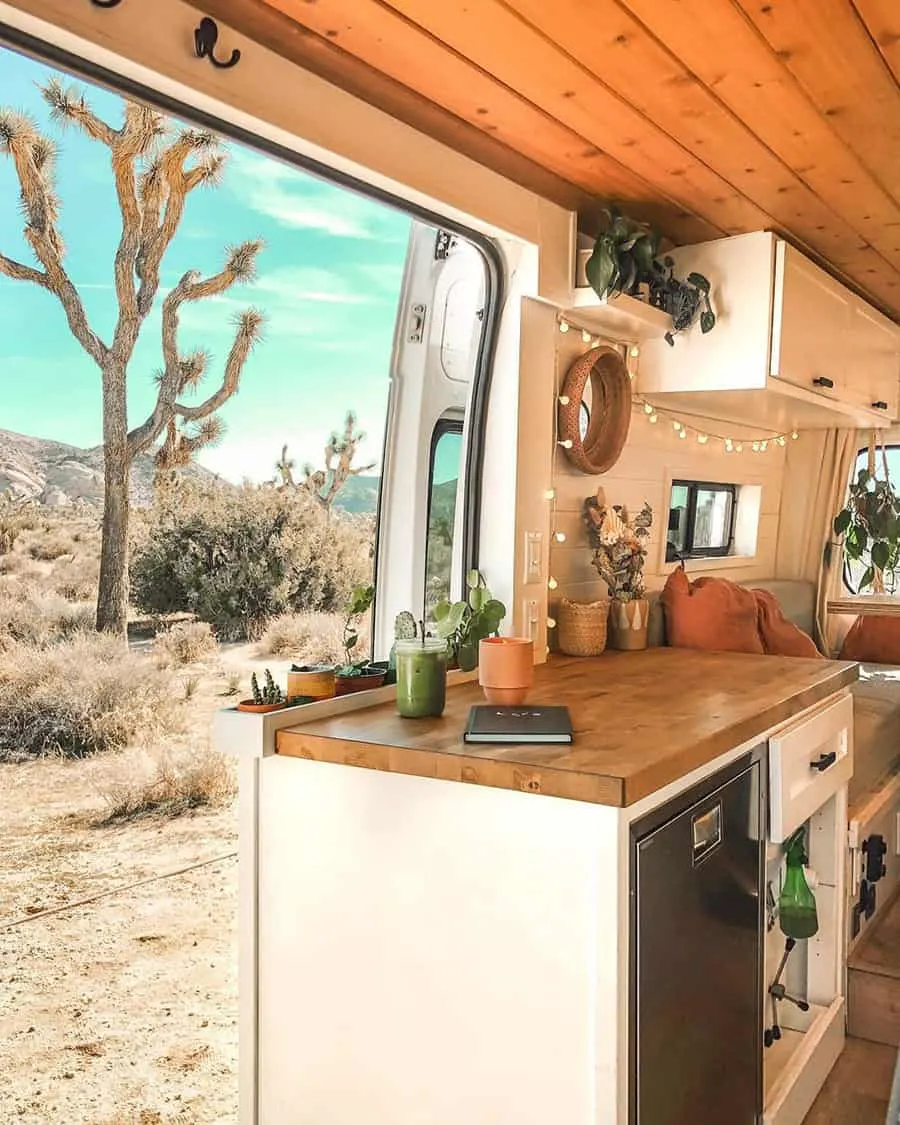


2 – Ethan & Katelynn from @thehuntersvanlife
Ethan & Katelynn are building their second van and share everything about their process on their Instagram, and they also have a website where you can read more about them, their favorite things, and their blog. Give them a follow!

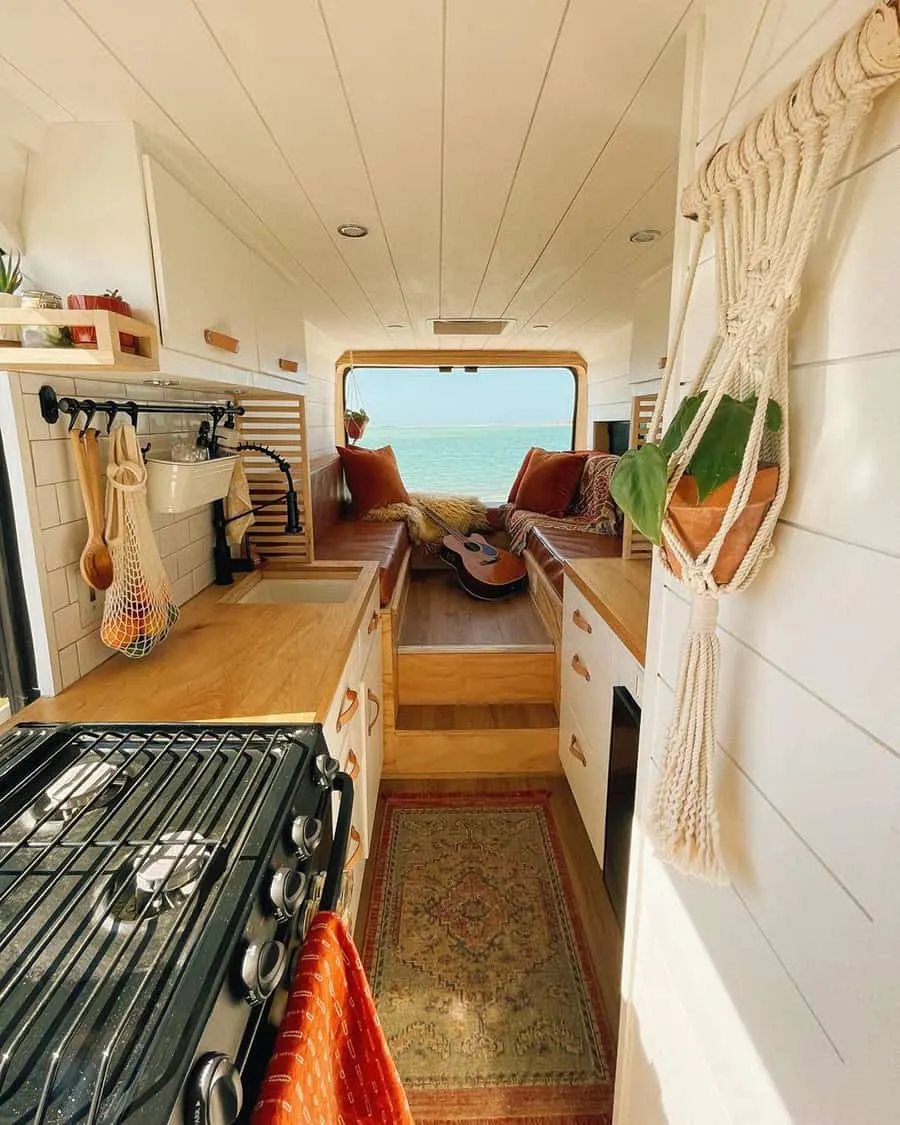

3 – Jany, Max & Milo from @linda_la_van
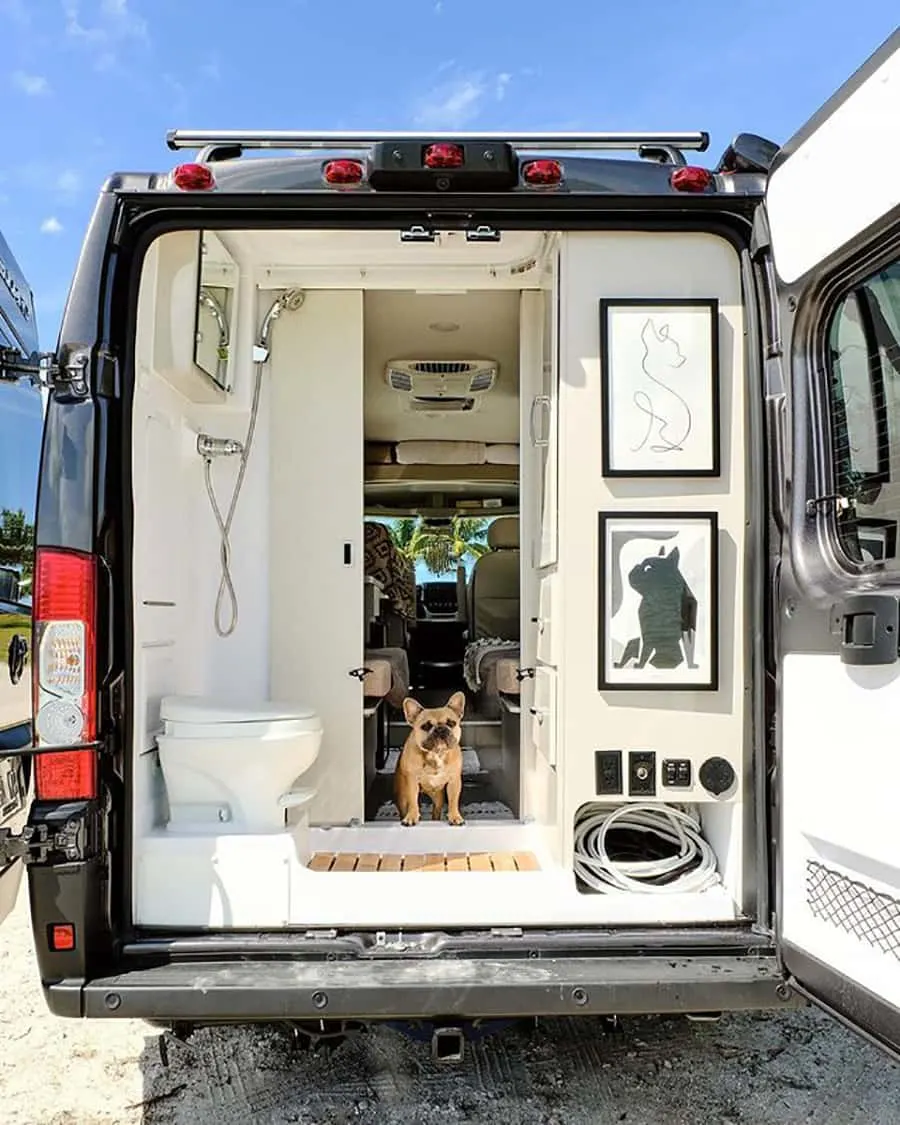
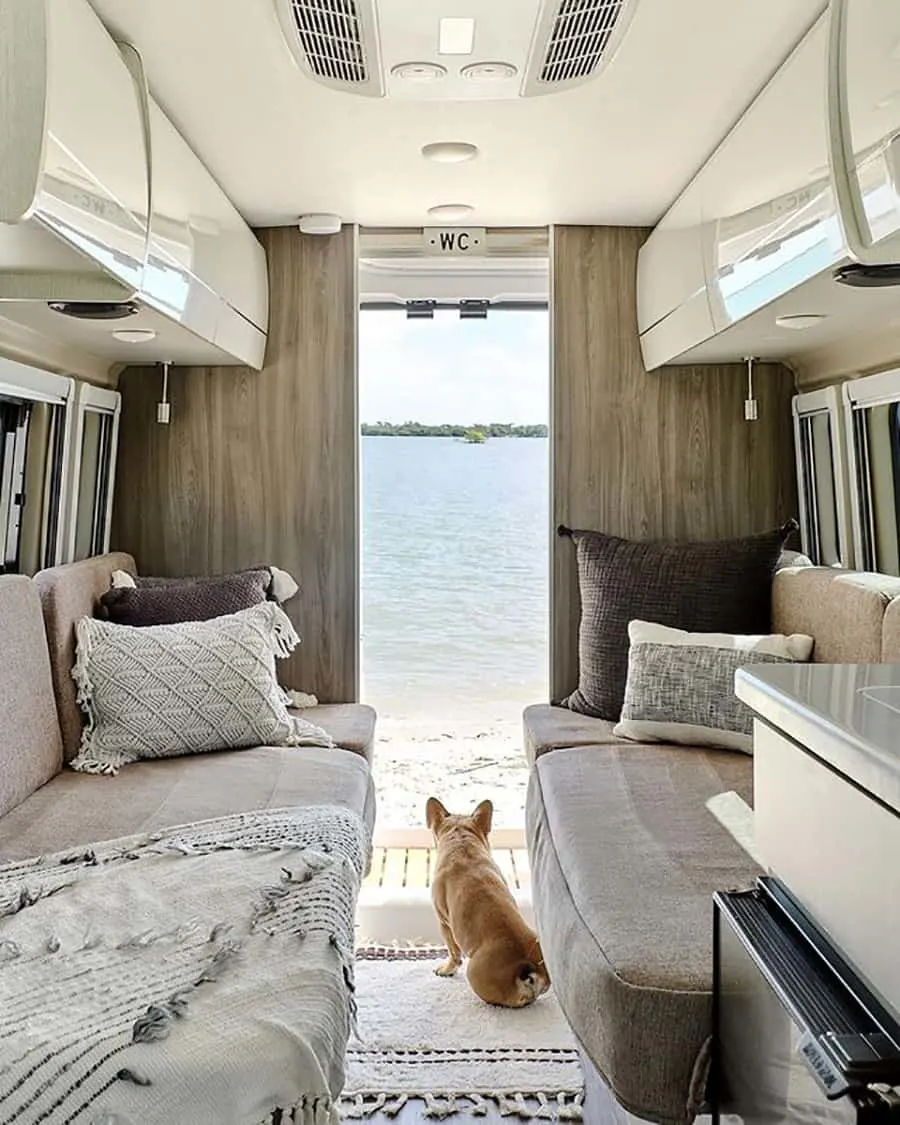
Conclusion
Considering it starts out life as a bare commercial van shell, Class B van conversions and motorhomes do have one advantage you might like – they maintain the rear doors of the original van. This gives you unlimited access to the rear of your rig after parking.
Many come equipped with generators and AC and when coupled with its better than average fuel economy, elevates the Class B and Class B+ into the “got to check this out as a viable option” category. Equally, at home camping in a National Forest, as it is in the city, while definitely not the most spacious for large families or full-time living, this nifty rig is well worth a look over.

